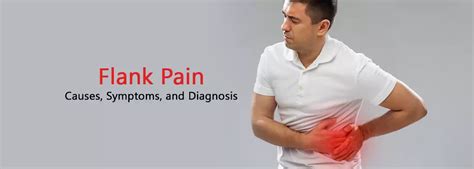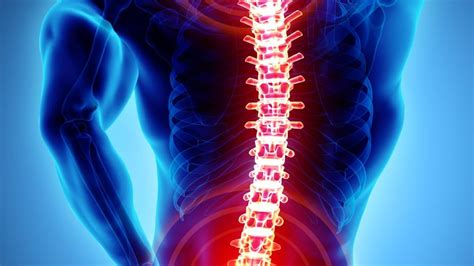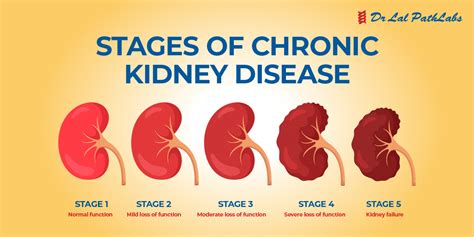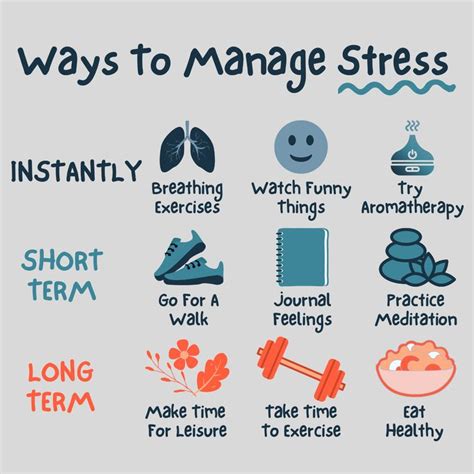Intro
Discover 5 common causes of flank pain, including kidney stones, muscle strain, and digestive issues, and learn how to alleviate discomfort with effective treatments and prevention strategies for flank pain relief.
Flank pain is a common complaint that can be caused by a variety of factors. The flanks are the areas on either side of the abdomen, just below the ribs. Pain in this area can be sharp, dull, or aching, and it can be constant or come and go. Understanding the possible causes of flank pain is essential to getting proper treatment and relief. In this article, we will explore five ways flank pain happens and what you can do to manage it.
Flank pain can be a symptom of an underlying medical condition, and it's essential to seek medical attention if the pain is severe, persistent, or accompanied by other symptoms such as fever, nausea, or vomiting. The good news is that many cases of flank pain can be treated with lifestyle changes, over-the-counter medications, or alternative therapies. However, it's crucial to identify the underlying cause of the pain to develop an effective treatment plan.
The human body is complex, and flank pain can be caused by a range of factors, including musculoskeletal problems, kidney issues, digestive problems, and even stress and anxiety. By understanding the possible causes of flank pain, you can take steps to prevent it and manage it effectively. Whether you're experiencing mild or severe flank pain, it's essential to take it seriously and seek medical attention if necessary. In the following sections, we will delve into the five ways flank pain happens and what you can do to alleviate it.
Understanding Flank Pain

Causes of Flank Pain
The causes of flank pain can be broadly categorized into five main areas: musculoskeletal problems, kidney issues, digestive problems, stress and anxiety, and other medical conditions. Musculoskeletal problems, such as strains or sprains, can cause flank pain, especially if you've recently engaged in strenuous physical activity. Kidney issues, such as kidney stones or kidney infection, can also cause flank pain, which may be accompanied by other symptoms such as fever, nausea, or vomiting.Musculoskeletal Problems

Treatment Options
Treatment options for musculoskeletal problems that cause flank pain include rest, ice, compression, and elevation (RICE), as well as physical therapy or chiropractic care. Over-the-counter pain medications, such as acetaminophen or ibuprofen, can also help alleviate pain and inflammation. In some cases, prescription medications or injections may be necessary to manage pain and inflammation.Kidney Issues

Symptoms and Diagnosis
Symptoms of kidney issues that cause flank pain may include severe pain, fever, nausea, vomiting, and frequent or painful urination. Diagnosis typically involves imaging tests, such as CT scans or ultrasound, as well as blood and urine tests to check for infection or kidney damage. Treatment options for kidney issues that cause flank pain include medications to manage pain and inflammation, as well as antibiotics to treat infection.Digestive Problems

Treatment Options
Treatment options for digestive problems that cause flank pain include dietary changes, such as increasing fiber intake or avoiding trigger foods. Over-the-counter medications, such as antacids or laxatives, can also help manage symptoms. In some cases, prescription medications or alternative therapies, such as acupuncture or probiotics, may be necessary to manage digestive problems and alleviate flank pain.Stress and Anxiety

Management Techniques
Management techniques for stress and anxiety that cause flank pain include relaxation techniques, such as deep breathing, meditation, or yoga. Regular exercise, such as walking or swimming, can also help reduce stress and anxiety. Additionally, cognitive-behavioral therapy (CBT) or other forms of talk therapy can help you manage stress and anxiety and alleviate flank pain.Other Medical Conditions

Seeking Medical Attention
If you experience flank pain, it's essential to seek medical attention if the pain is severe, persistent, or accompanied by other symptoms such as fever, nausea, or vomiting. Your healthcare provider will perform a physical exam and take a medical history to determine the underlying cause of the pain. Imaging tests, such as CT scans or ultrasound, may be necessary to diagnose underlying conditions, such as kidney stones or digestive problems.What are the common causes of flank pain?
+How can I manage flank pain caused by musculoskeletal problems?
+Treatment options for musculoskeletal problems that cause flank pain include rest, ice, compression, and elevation (RICE), as well as physical therapy or chiropractic care. Over-the-counter pain medications, such as acetaminophen or ibuprofen, can also help alleviate pain and inflammation.
What are the symptoms of kidney issues that cause flank pain?
+Symptoms of kidney issues that cause flank pain may include severe pain, fever, nausea, vomiting, and frequent or painful urination. Diagnosis typically involves imaging tests, such as CT scans or ultrasound, as well as blood and urine tests to check for infection or kidney damage.
Can stress and anxiety cause flank pain?
+Yes, stress and anxiety can cause flank pain, especially if you experience muscle tension or digestive problems. Management techniques for stress and anxiety that cause flank pain include relaxation techniques, such as deep breathing, meditation, or yoga, as well as regular exercise and cognitive-behavioral therapy (CBT).
When should I seek medical attention for flank pain?
+If you experience flank pain, it's essential to seek medical attention if the pain is severe, persistent, or accompanied by other symptoms such as fever, nausea, or vomiting. Your healthcare provider will perform a physical exam and take a medical history to determine the underlying cause of the pain.
